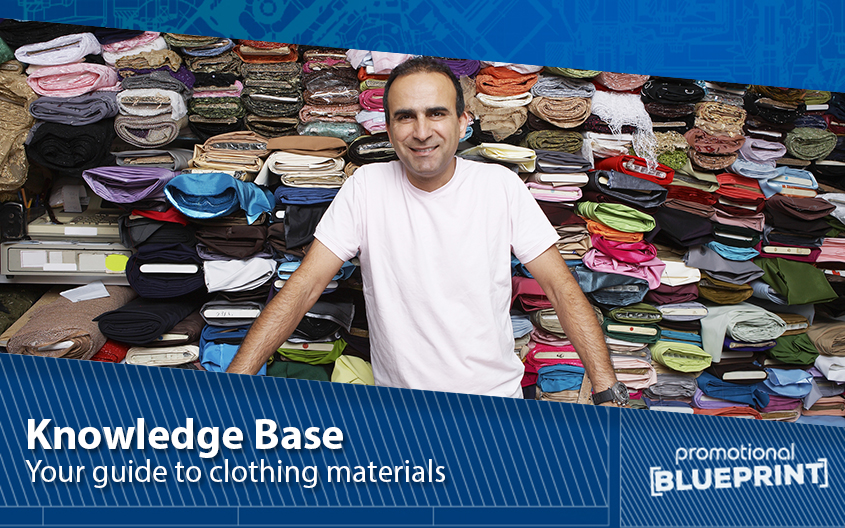
When buying clothes, people rarely stop to think about how they were made. However, thinking about the sustainability of your clothing is a huge step you can take towards being more ecologically aware and helping the planet.
Below, you will find a guide to clothing materials and how sustainable they really are. Read on!
A Quick Note
Before we dive into the materials, it is vital to mention one fact. Namely, no materials are actually fully natural. To get the clothing you can access in stores, numerous chemical processes need to happen, and materials need to be processed in different ways. Those processes are often extremely harmful to the planet.
So, fabrics such as pure cotton, which is seen as the most sustainable, actually require the most harmful production processes. That defeats the purpose of creating something that is seen as natural and eco-friendly.
Although no fabrics are truly natural, some are more so than others. You’ll find out which ones below.
Plant-Based Materials
The most popular materials based on plants include bamboo, cotton, linen, denim, hemp, modal, Tencel lyocell, and viscose.
Cotton and denim, arguably the fabrics that people wear and seek out the most, are the least eco-friendly of the bunch. Cotton requires extreme amounts of water to grow well. It is also highly susceptible to pests. That is why people use a lot of pesticides to protect the plant.
When cotton balls form, it takes dozens of harmful chemical processes to turn them into the soft and shiny fabric you know as cotton. The same goes for denim, as it actually comes from cotton. The only instance when these materials are eco-friendly is if the cotton is organic.
The rest of the materials mentioned above are sustainable to varying degrees. Bamboo and hemp can be good options if you can be sure that they are fully organic. Viscose, as natural as it truly is, comes from wood pulp, meaning that it is one of the main causes of deforestation.
Modal and Tencel lyocell are the safest options here. Tencel is a great replacement for silk and cotton, and it is soft to the touch. Modal is a good choice as long as the producer can assure you that the processes they used are indeed sustainable.
Animal-Based Materials
The most well-loved and used animal-based fabrics are angora, fur, leather, silk, wool, and cashmere.
It is honestly hard to talk about sustainability and these fabrics at all. Most of them require animals to die so that their fur or skin could be harvested, including leather, angora, furs, and silk. No matter how much you love or need clothes made from these materials, they can never be called eco-friendly.
Apart from concerns for the lives of animals, these fabrics also require a lot of processing. That, in turn, results in harmful gas emissions into the air and our waters. Finally, there are also concerns about slave and child labour that is used to harvest fur or cashmere in Asia.
If you must use these materials, go for wool, as sheep are one of the few animals that are not killed in the process of harvesting. You can also go for recycled or vintage pieces of clothing. That way, you will not contribute to current exploitation but wear something that is already old. With how durable most of these fabrics are, that shouldn’t be a problem.
Synthetic Materials
Synthetic materials you can find in stores include faux fur, fleece, glitter, conventional nylon and polyester, velvet, and PVC.
To put things plainly, there isn’t a single synthetic material that isn’t somehow bad for the environment. Faux fur, for all the good it does in protecting animals, requires harmful chemical processing to look the way it does. Fleece and PVC are as far from sustainable as one can get, and velvet is only a good choice if it comes from modal rayon.
All in all, you should try to avoid synthetic material as much as possible. If a producer can confirm that it recycles material and uses eco-friendly processing methods, you can consider looking into them more. However, a sustainable wardrobe is free of synthetics, no matter how appealing they might be.
To Sum Up
If you want to dress in an eco-friendly way and help save the planet, we recommend fabrics such as recycled cotton and wool, as well as organic linen and hemp. These materials will be light and soft on your skin. What’s more, you can be sure that they are as sustainable as anything can get.
Organic cotton, recycled nylon, Tencel lyocell, and recycled PET plastic are also acceptable choices. They are a bit more affordable, so you can get them even if you are on a budget.
Materials that you should avoid at all costs are synthetic and animal-based ones. Ethically speaking, they are the worst option out there, no matter how attractive they might seem. If you must own them, going for second-hand garments is the best choice.
Contact Us for More Info
If everything you’ve read has convinced you to include clothing in your promo campaign, give us a call at 0800 0148 970 or simply email us today. We will then help you personalise your clothing and come up with a killer marketing strategy that will make your brand thrive. Also, check out our full catalog of printed clothing including t-shirts, outdoor wear, and childrenswear.
You May Also Like:
Printed Clothing – Why The Possibilities For Promotion Are Endless






